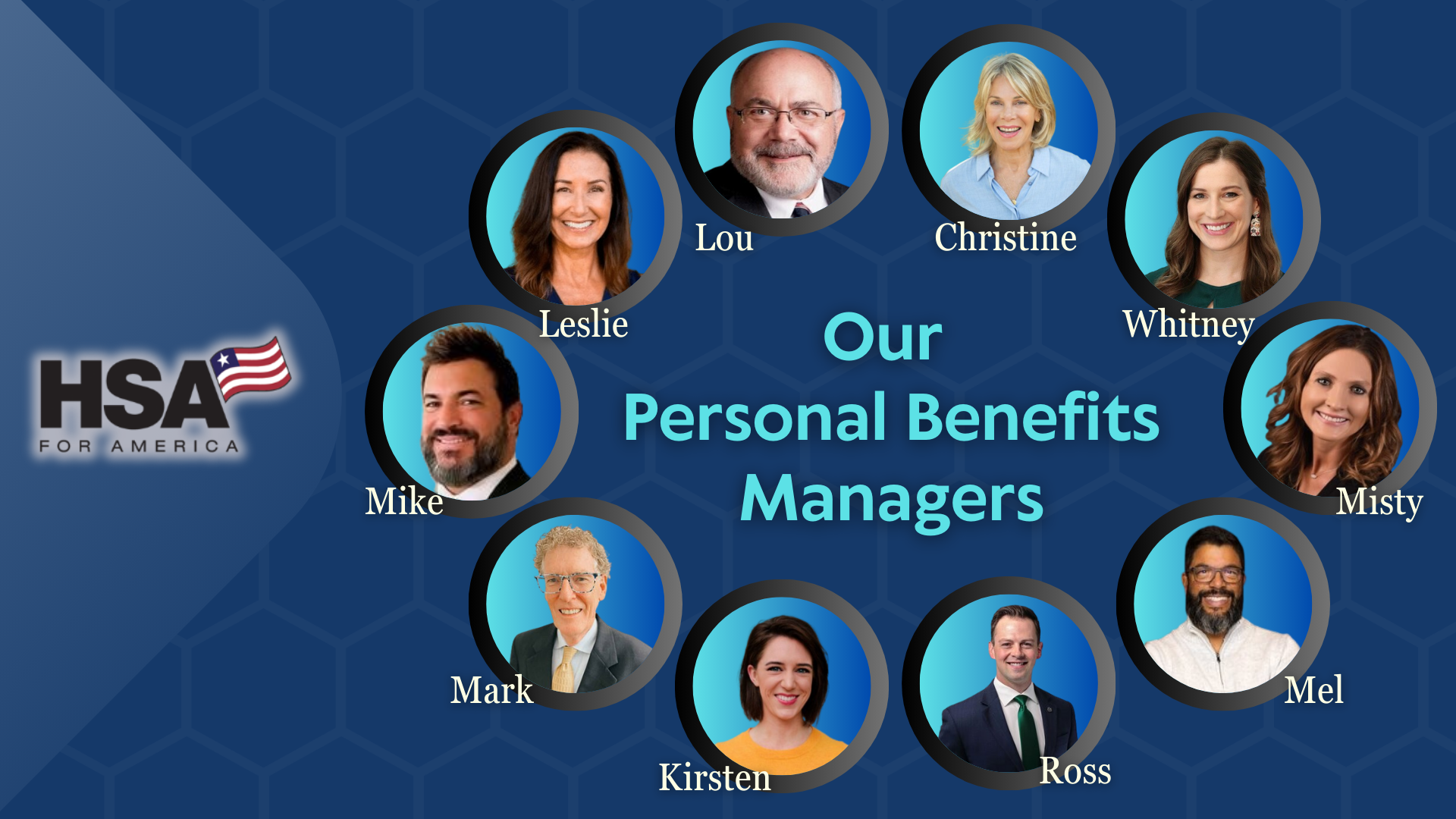In most cases, the best time to enroll in a traditional “Obamacare”-style health insurance plan for 2025 is during the Open Enrollment 2024 period.

Open Enrollment 2024
When is Open Enrollment to get Health Insurance for 2025?
For individual and family 2025 health insurance coverage, the Open Enrollment period began November 1, 2024 and closes at the end of the day on January 15, 2025 (Pacific Time) in most states.
To ensure your coverage starts on January 1, 2025, make sure to enroll by December 15, 2024. Some states (see below) have opted not to use the federal Healthcare.gov marketplace and have adopted slightly different open enrollment periods for their residents.
In all other states, If you sign up after December 15, your 2025 coverage will take effect on February 1st.
Once that deadline passes, most individuals and families will not be able to enroll in Marketplace health plans until the next Open Enrollment period – unless they have a change in income or a qualifying life event that allows for a 60-Day Special Enrollment Period.
If your circumstances shift during the year, you’ll get a 60-day window to sign up for Marketplace Health plans, even outside the regular Open Enrollment Period. Additionally, American Indians and Alaska Natives can enroll in Marketplace coverage at any time, not just during Open Enrollment.
People Also Ask…
Health Sharing Vs. Short-Term Limited Duration Health Insurance: Which Is the Better Deal?
How Much Money Can Health Sharing Save?
How Can I Choose My Own Doctor?
When Can I Get Health Insurance?
Qualifying for Affordable Care Act Health Insurance Subsidies
Year-Round Open Enrollment for Low-Income Individuals
In 2025, individuals earning up to 150% of the federal poverty level (equivalent to $21,870 for a single adult or $37,290 for a family of three) could be eligible for year-round open enrollment. However, this provision applies exclusively to states utilizing the federal HealthCare.gov marketplace.
In other states, eligibility varies.
Affordable Care Act Open Enrollment Dates, 2024–2025
Open Enrollment 2025 Deadlines in States That Don’t Use the Federal Marketplace
| California | November 1, 2023 – | January 31, 2024 |
| Colorado | November 1, 2023 – | January 15, 2024 |
| Connecticut | November 1, 2023 – | January 15, 2024 |
| District of Columbia | November 1, 2023 – | January 31, 2024 |
| Idaho | October 15, 2023 – | December 15, 2023 |
| Kentucky | November 1, 2023 – | January 15, 2024 |
| Maine | November 1, 2023 – | January 15, 2024 |
| Maryland | November 1, 2023 – | January 15, 2024 |
| Massachusetts | November 1, 2023 – | January 23, 2024 |
| Minnesota | November 1, 2023 – | January 15, 2024 |
| Nevada | November 1, 2023 – | January 15, 2024 |
| New Jersey | November 1, 2023 – | January 31, 2024 |
| New Mexico | November 1, 2023 – | January 15, 2024 |
| New York | November 16, 2023 – | January 31, 2024 |
| Pennsylvania | November 1, 2023 – | January 15, 2024 |
| Rhode Island | November 1, 2023 – | January 31, 2024 |
| Vermont | November 1, 2023 – | January 15, 2024 |
| Virginia | November 1, 2023 – | January 15, 2024 |
| Washington | November 1, 2023 – | January 15, 2024 |
Compare Pricing on the Best Insurance Plans Available
I Missed Open Enrollment 2024. What Should I Do?
Missed the Open Enrollment deadline? Don’t get a subsidy? Want a plan that lets you choose your own doctors and hospitals?
You still have options, including health sharing, a special enrollment period, joining an established group health plan, or buying a short-term health insurance policy.
Let’s take a short look at each of these options.
1. Join a Health Sharing Plan
Health sharing, also known as “medical cost sharing,” offers an alternative way to make healthcare more affordable for individuals and families.
It’s not health insurance, but a different approach.
And you can sign up for a health sharing plan at any time during the year. Not just during the health insurance open enrollment.
Health sharing organizations are typically non-profit groups made up of people who share similar values and agree to maintain healthy lifestyles. They come together to help cover each other’s medical costs. While some health sharing organizations have religious ties, others are entirely secular.
Here’s how it works: Members of a health sharing group usually contribute money every month into a collective fund. This fund is then used to pay for eligible medical expenses.
When a member has a medical cost that’s covered by the group, they submit a claim to the health sharing organization. The funds needed to cover the expense come from the collective fund, which is managed by the organization.
Health Sharing Savings
On average, health sharing programs can save members between 35% to 50% compared to monthly costs for ACA-qualified Marketplace health insurance policies without a subsidy.
Health sharing plans don’t qualify for subsidies under the Affordable Care Act. But the cost savings are so significant that it frequently saves money, even without a subsidy.
Note: Health sharing plans generally limit sharing for surgeries for brand new members, except for accidents and injuries that could not have been foreseen at the time of enrollment.
They also typically impose a waiting period on costs related to treating pre-existing conditions.
For this reason, health sharing may not be a good match for you if you have pre-existing conditions that require ongoing care.
Click Here to learn more about health sharing. Or for personalized assistance, Click Here to schedule a no-cost, no-obligation appointment with an expert Personal Benefits Manager.
2. Enroll During a Special Enrollment Period
Outside of Open Enrollment, the only way you can buy an ACA-qualified traditional health insurance policy on the individual market for yourself and your family is to qualify for a special enrollment period.
This is a 60-day period that occurs as a result of a qualifying life event. During this special enrollment period, you have a guaranteed right to buy any ACA-qualified health insurance plan available in your market.
Some common qualifying life events include:
- Marriage. Getting married allows you to enroll yourself, your spouse, and any dependents in a new health insurance plan.
- Having a Baby. The birth or adoption of a child makes you eligible for a special enrollment period.
- Loss of Other Coverage. If you lose your current health insurance coverage, either due to job loss, expiration of a student plan, or aging out of a parent’s plan, you can enroll in a new plan.
- Moving to a New Area. If you move to an area where different health plans are available, you can take advantage of a special enrollment period.
- Change in Income. A significant change in your income, which could affect your eligibility for premium tax credits, can qualify you for a special enrollment period.
- Change in Household Size. Events like getting married or divorced, having a child, or losing a dependent can trigger special enrollment periods.
- Gaining Citizenship or Lawful Presence. Becoming a U.S. citizen, national, or gaining lawful presence in the country qualifies you for enrollment.
After a qualifying event, you usually have a 60-day window from the event date to secure new health insurance. Qualifying events, like marriage, job loss, or welcoming a new baby, can also impact your eligibility for subsidies under the Affordable Care Act.
In some cases, if you know in advance that you’ll lose your current health insurance, special enrollment periods can kick in 30 days before your plan ends and last for 30 days after termination. Your Personal Benefits Manager can help you pinpoint the exact start and end dates of your special enrollment period.
Our HSA for America Personal Benefits Managers are here to guide you in finding a suitable health plan in your area and assisting with premium subsidy applications if you qualify. It’s worth noting that ACA-approved plans are guaranteed-issue, which means you can’t be denied coverage due to a pre-existing condition.
However, it’s essential to remember that voluntarily dropping your insurance or failing to pay your premiums doesn’t grant you a special enrollment period. You’ll need to wait for the next enrollment period to select a new plan or explore alternative healthcare options like a short-term health plan or a healthshare program.
3. Purchase a Short-Term Health Insurance Plan
Short-term, limited-duration insurance serves as a temporary solution for healthcare coverage.
It’s specifically intended to cover brief lapses when you’re transitioning from one plan to another. These policies generally last for no more than a year and are usually not renewed by the insurance company.
However, since these plans aren’t ACA-qualified plans offered over the state or federal health insurance marketplace exchanges, you aren’t limited to open enrollment. You can enroll at any time.
Short-term plans are not meant to be a permanent health insurance solution. Instead, they’re like a “safety net” to bridge coverage gaps, especially when you’re between jobs or waiting until New Year’s Day to start a new Affordable Care Act-qualified health insurance plan that you obtained during Open Enrollment.
Short-term plans are usually less expensive than traditional insurance plans. And you can be covered as soon as 24 hours after applying.
Short-Term Health Insurance Availability By State
Short-term health insurance plans are not available in every state.
Currently, they are not available in California, Colorado, Hawaii, Washington, New Mexico, Minnesota, New York, New Jersey, Connecticut, Massachusetts, Vermont, New Hampshire, Maine, and the District of Columbia.
Click Here to learn more about short-term health insurance, and get a free online quote, and self-enroll.
4. Join a Group Plan
Many employers offer health insurance as part of their benefits package. If they provide this coverage, you can typically enroll when you first start your job, or within a certain number of weeks.
Not all companies offer a health plan. And some may require you work 30 or more hours per week before you can join their plan.
5. Enroll In Your Spouse’s Employer’s Plan
If your spouse is a member of an employer group plan, and his or her employer extends the benefit to family members, you may be able to enroll in that group plan.
Contact your spouse’s employer’s HR department for details.
Compare Pricing on the Best HealthShare Plans Available
How To Get Help for Open Enrollment 2024
When it comes to getting a health plan in place for you, yourself, your family, or your employees, there’s a lot to keep track of.
Fortunately, you don’t have to go it alone: HSA for America’s experienced Personal Benefits Managers have affordable, realistic solutions for all kinds of circumstances, including health sharing plans, traditional health insurance plans, on-marketplace and off-marketplace plans, subsidized and unsubsidized plans, short-term health insurance (in some states), and more.
A consultation costs nothing… and can save you hours of research and stress.
Just Click Here to make an appointment.Here are some additional articles on healthsharing programs: The Top 10 Things You Must Know About the Health Insurance Open Enrollment 2025 Season | How Health Insurance Subsidies Work
Here are some additional pages related to this article: Healthshare Plans | The HSA Secure Plan

Hi! I’m Mike Montes, and I’m one of your Personal Benefits Managers. I like working with HSA for America because we’re creating solutions to healthcare problems. Our focus on money-saving alternatives like HSA plans and health sharing programs, and the variety of health share programs we offer, are what set us apart. Read more about me on my Bio page.


